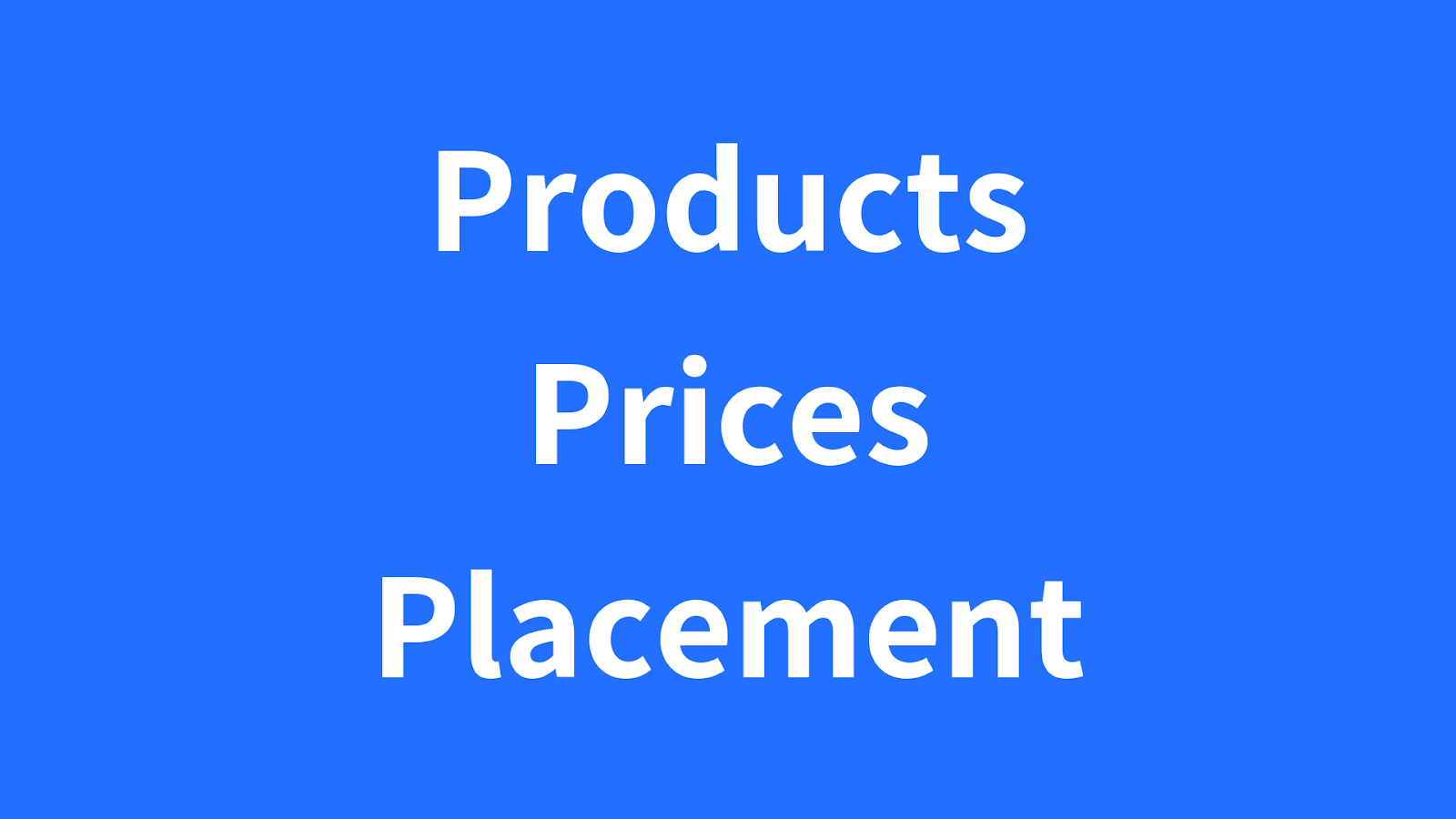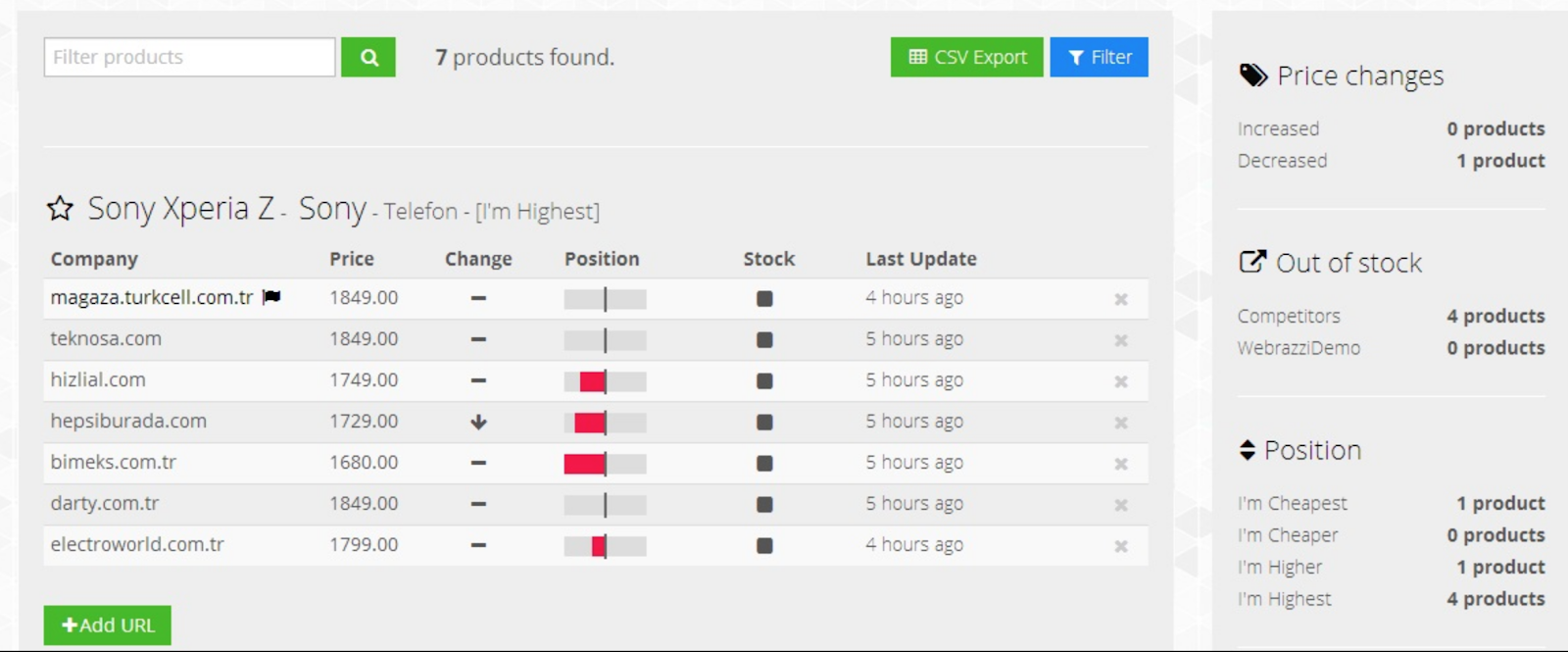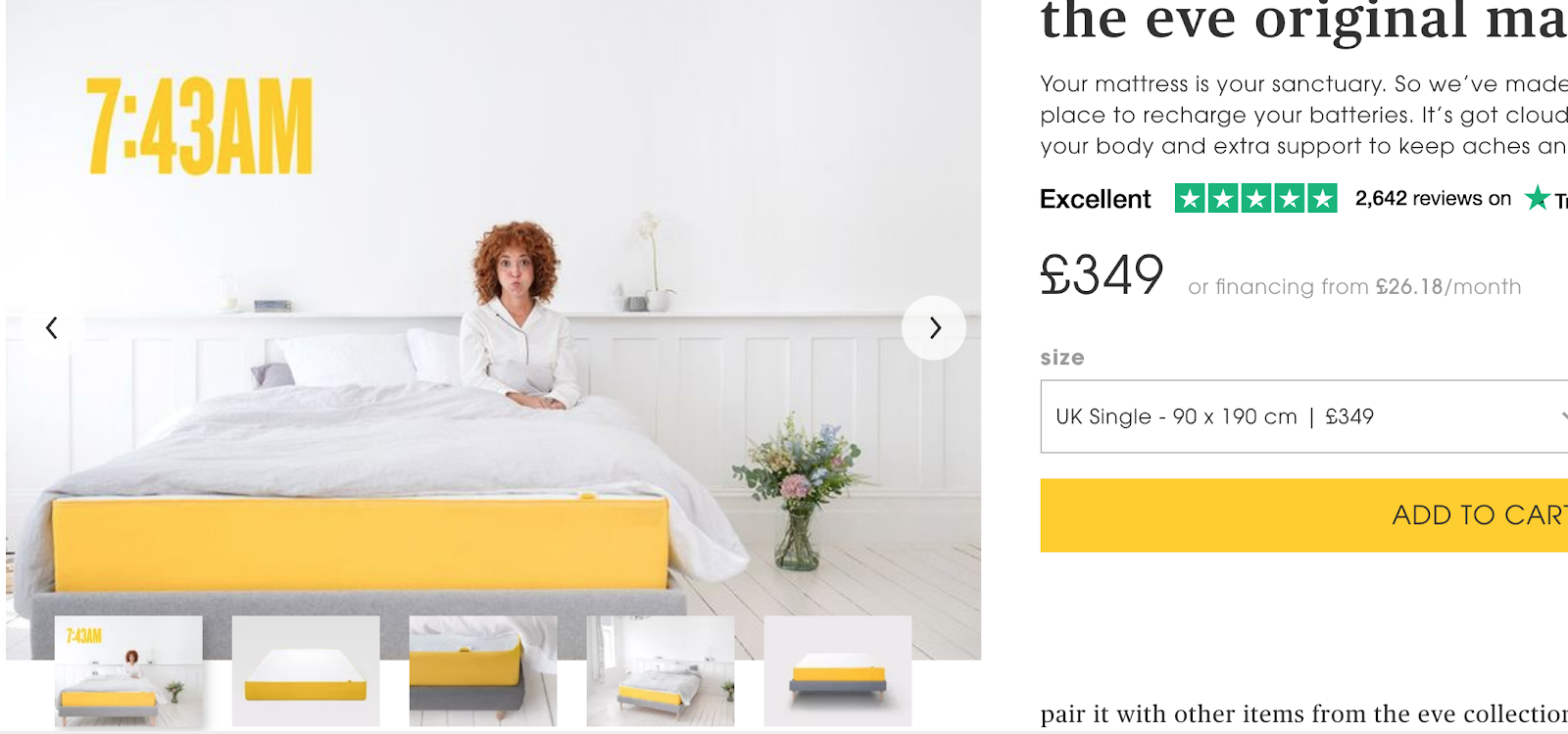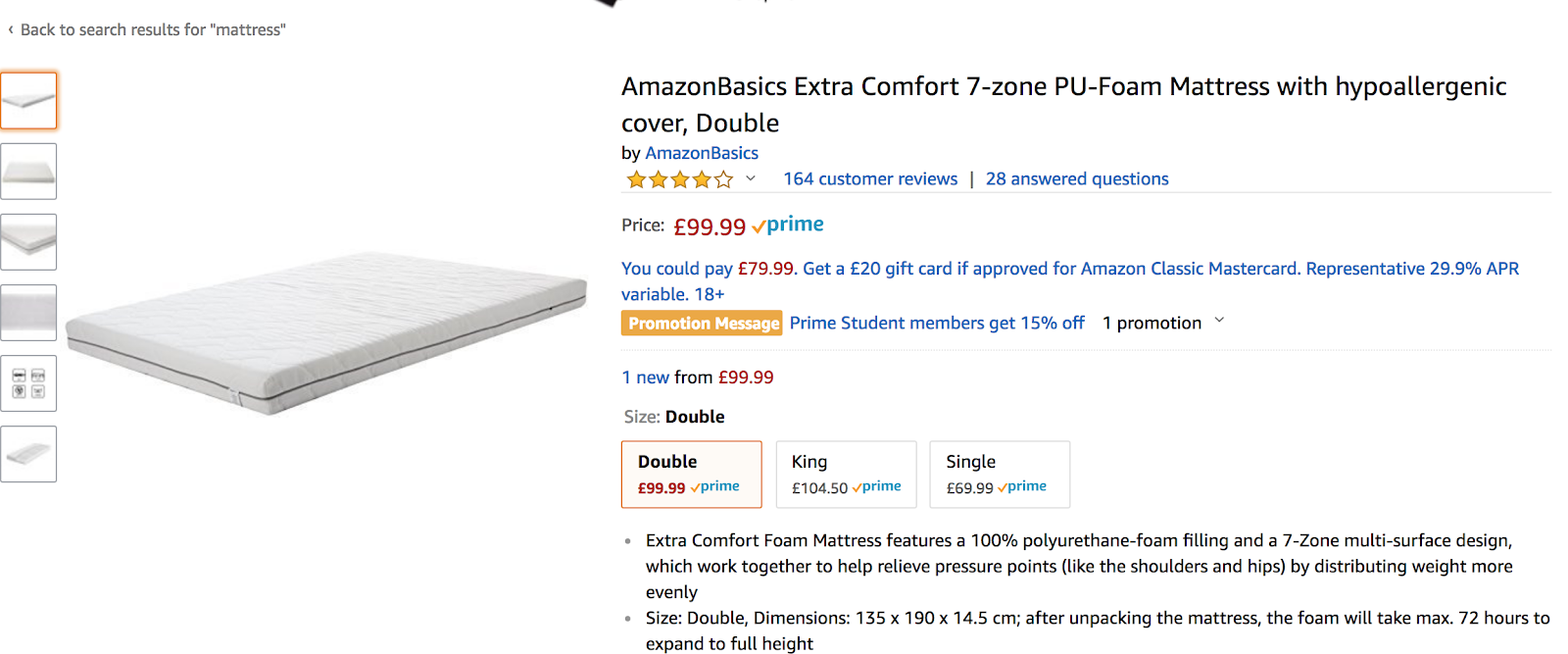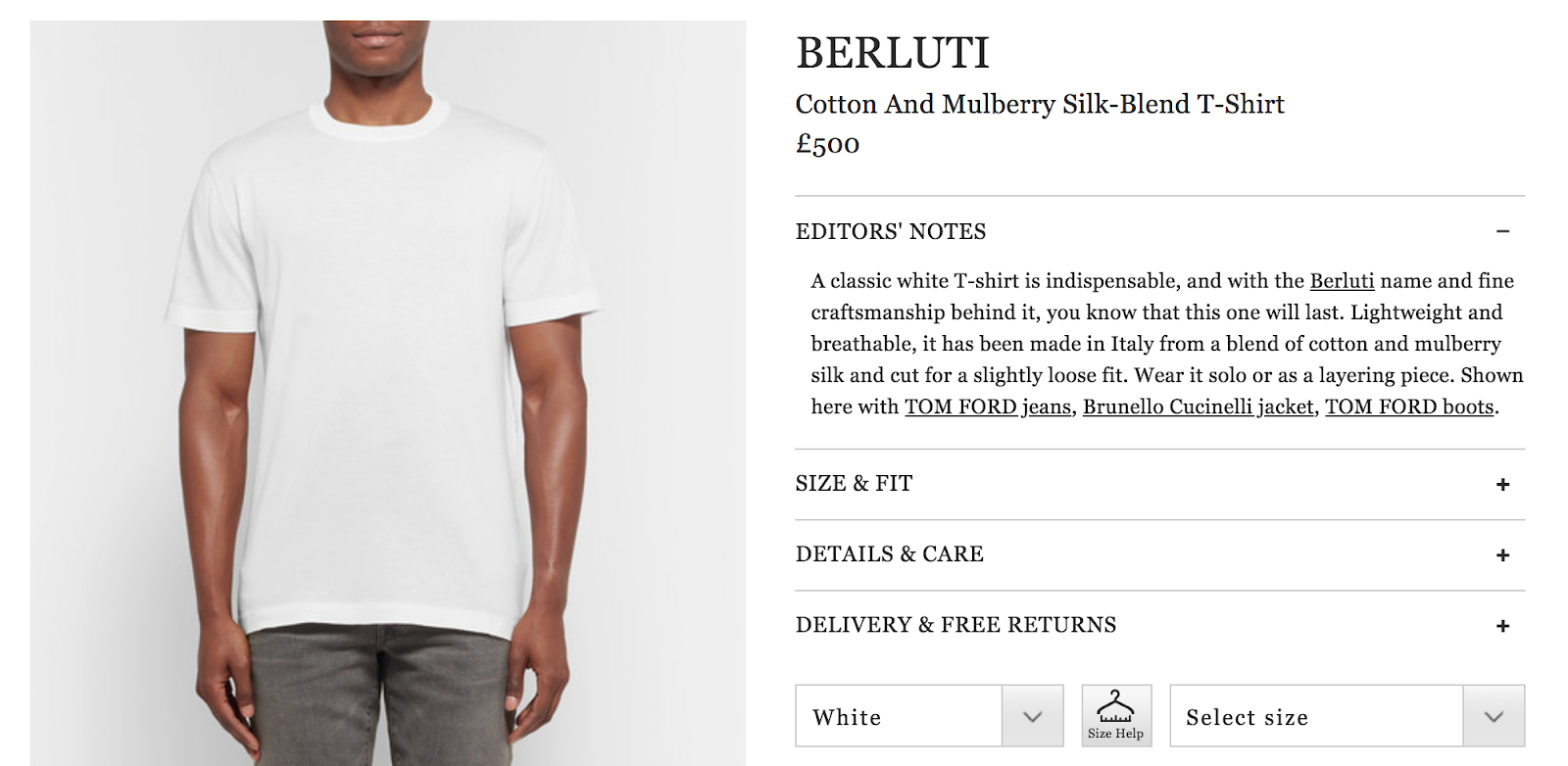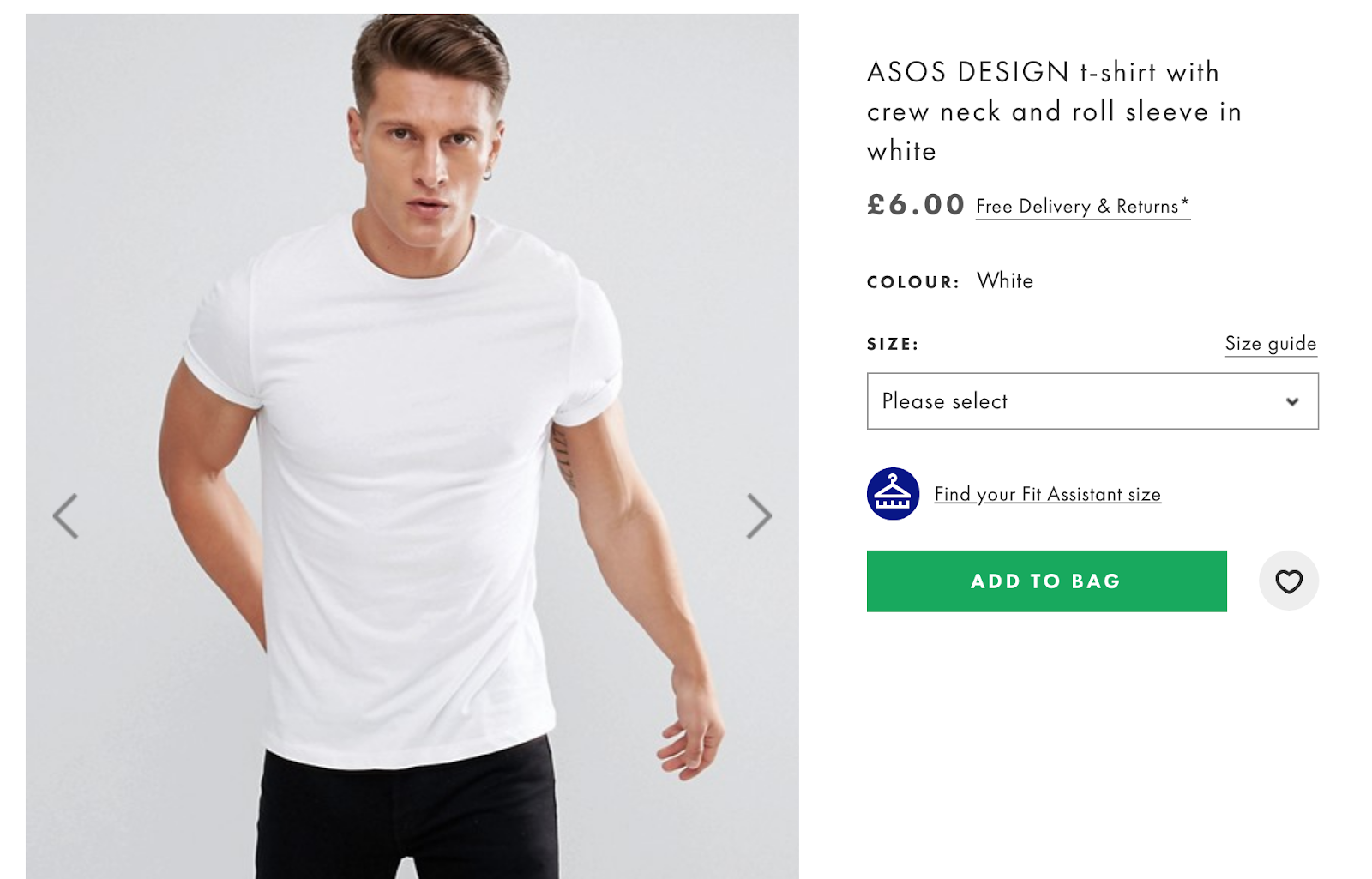There’s a reason boxers have weight divisions when it comes to fighting.
It would be unfair to pitch a featherweight against a heavyweight. Simply put, the competition just wouldn’t be competitive.
If one side has a huge advantage over the other, it’s not a fair fight and would end in mismatches.
Unfortunately for e-Commerce, the same doesn’t hold true.
When it comes to your competitors, you’re pitched against them all, whether they’re Amazon and you’re a one-man-band-just-started-your-store, your customers do not care.
At the end of the day, you’re fighting with every other e-Commerce company in your industry and so it’s up to you to stand out amongst the crowd.
In this blog post, we’re going to look at how the three p’s (prices, product, placement) can help you make sure you stay competitive.
So when it comes to the fight?
…You’re in control.
Why the three Ps
Most e-commerce owners reach a stage where their store is doing well but they know it could be doing better.
In most cases, this is down to not considering each of the three Ps in equal measure.
You see you need to think about:
Your product: What do you want to sell on your e-commerce store (and more importantly) how do you want to market it to your potential customers.
Your prices: How much can you sell your products for while still attracting plenty of new customers and keeping your business running with a healthy profit.
Your placement: Where do you want to sell your products. The world of online shopping is growing every day and customers are in control as to where they buy from.
Neglecting one or even two of these important factors could be the leading cause as to why you struggle to keep your e-commerce store competitive against your competitors.
Let’s look in more detail about each factor and how you can prepare your store for it.
Prices
Your prices are everything. Price your products too high and you run the risk of alienating a good portion of your customer base.
Price your products too low and you run the risk of not being able to run your business while still making a profit.
It really is something to think about.
But it’s also something that a lot of e-commerce entrepreneurs and owners struggle with.
Staying competitive with your prices involves understanding the market you’re operating in. The best way to do that is by using an e-commerce price comparison tool.
These tools will provide you with:
- Intelligence about your product’s pricing
- Intelligence about your historical pricing
- Intelligence about your competitors current and historical pricing.
You see, the best way to predict the future is to look at the past – and these tools make that just possible.
When you have access to your own (and your competitors’) pricing history data, you’re in a much better position to make informed decisions about what sort of pricing you should use and why.
Product
You’ve probably spent a long time planning what products you’re going to buy. So when you find your winning product(s), you surely want to hold on to them with everything you have.
But how do you stay competitive when it comes to your products when there are other e-commerce vendors all hoping to sell the same thing as you?
How do you have a chance in hell of standing out if all your competitors are selling the same thing?
Well, in short, it all comes down to branding.
Think of it this way.
You could buy a mattress from a company like Eve or Casper for £349
Or you could buy one here from Amazon.
So what’s the difference between them? Perhaps the build of their mattress? That might well be the case.
But in many cases in e-commerce, the way you position your product has more to say than the actual product itself. Let’s look at this extreme example.
This white t-shirt can be bought from Mr Porter for £500.
Compare that, then, to this t-shirt from Asos for £6.
If the only thing you had to go by was the two photos, could you really tell the difference between the two?
Probably not.
You might be able to tell the difference if you’re able to hold them, but remember, we’re talking about e-commerce here.
So why is it that Mr Porter can sell their t-shirt for £500 price, even though Asos sells theirs for £6?
Like we said with the mattress company, it all comes down to the value you’re hoping to add with the purchase.
Designer clothes brands have a certain degree of exquisiteness about them. Meaning, the types of people who are happy and willing to pay these prices already know the price it will be. They generally don’t go looking for bargains and accept that the price set is there for a reason.
However, the other store will most likely attract customers who aren’t happy paying £500 for a t-shirt and instead, would rather look for a good deal (even if that deal does involve paying slightly more than their competitive counterparts).
If you want to gain competitive advantage over your customers, think long and hard about the products you sell and more importantly, how you sell them.
If you’re selling a budget item, be sure to market your product like that. Make sure you attract and retain those customers who are looking for a deal.
Likewise, if your product is high-end, then make sure all the copy and marketing collateral for that product exudes high-end. Just because your product is high-end or low-end doesn’t mean you won’t make any sales. Don’t try to appeal to everyone, pick your target market and run with it.
If your customers can’t justify why they need to buy your item at your price point, you won’t make sales.
On the side of the customer it would look a little like this:
“I need that Mr Porter t-shirt because it’s designer and I like wearing designer clothes”
Or
“I would like to buy that Asos t-shirt because I need a new one and this seems like a pretty good deal”.
Remember, your products say more about your business than you think, make sure you market them in the right way.
Placement
When it comes to e-commerce placement strategy, you’re really concerned with where you sell your products.
Do you just sell on your own online store? Or do you make use of the other avenues available to you, like Instagram, Facebook Amazon etc?
We mentioned earlier that your customers are now in control. They get to choose where they buy from.
If the checkout doesn’t work on your site, they’ll buy from one of your competitors on Amazon. If your website looks particularly dodgy they might buy from your competitors on Instagram.
If you’re running a small e-commerce store, it might make sense for you to only sell your products on one channel.
There is also nothing wrong with simply selling on one channel, it just means you have to work harder at dominating the channel you choose.
However, if you do think about your placement and decide to use another channel, you should think carefully about the limitations of each channel and what you can do to ensure success.
Instagram is increasing their stake in the world of e-commerce by allowing users to buy from directly within their app.
You’ll see in the screenshot above, there is a link for users to purchase the item they see in the photos.
The thing about selling on Amazon is that if you can build an audience of loyal supporters, you have a chance to infiltrate their feeds daily (or however often you post) with content they enjoy.
80% people said they’re happy to follow brands on Instagram now.
So when a user builds a relationship with you on Instagram and then sees your new products, they’re more likely to make a purchase.
When you think about it, it makes sense.
How often do you think people randomly come to your site to browse your items (even when they’re not ready to buy)?
Not often.
But how often do people open Instagram to look at inspiring or interesting photos? For most users, it’s daily.
Source: https://blog.hootsuite.com/instagram-statistics/
Amazon
There’s no doubt about it, people trust Amazon. They trust the returns policies. They trust the review section and in general, they trust the products.
Especially with the Prime feature, customers know they can receive their products within a few days.
If you’re planning to sell your products on Amazon, then you need to consider a specific Amazon strategy.
What you need to remember is although Amazon is a brilliant marketplace to sell your products, given the traffic is already generated for you, you’re directly competing with people selling the same products as you.
As such, to win with Amazon, you need to generate as many sales on the platform as possible. The algorithm supports those with high-sales and excellent reviews, so make this a priority if using the platform.
Etsy
If you’re selling handmade products then Etsy is probably one of the platforms you’ll think of first when it comes to where to place your products.
The good thing about Etsy is that people use the site to look for unique items they can buy.
As such they appreciate and accept if the price is slightly higher than it might be on a traditional high-street site.
If you really want to stand out against your competition, using Etsy as a secondary product placement platform can have rewarding benefits.
First, you can tap into a whole new customer base, who might not have even discovered you if it wasn’t for the platform.
Second, you can use the platform yourself, as a product discovery tool.
Look at what your competitors are doing on the platform, what types of products they sell, but also the feedback from their customers.
If you can take this data and implement it into your own business to improve the way you create and sell products, you’ll have a significant advantage over your competition.
Takeaways
In this post, we’ve looked at the three p’s of e-commerce: product, prices and placement. We’ve established why all three are needed in equal measures to help keep your store competitive and drive extreme growth.
You should now be equipped with enough information to not only identify what aspect of your e-commerce store is holding you back, but also what measures you can take to dominate the market.
The world of e-commerce is a big old boxing match where everyone fights in the same ring.
Don’t let your size hold you back and stay competitive!
What steps have you taken to ensure your e-commerce business stays competitive? Leave a comment below!

